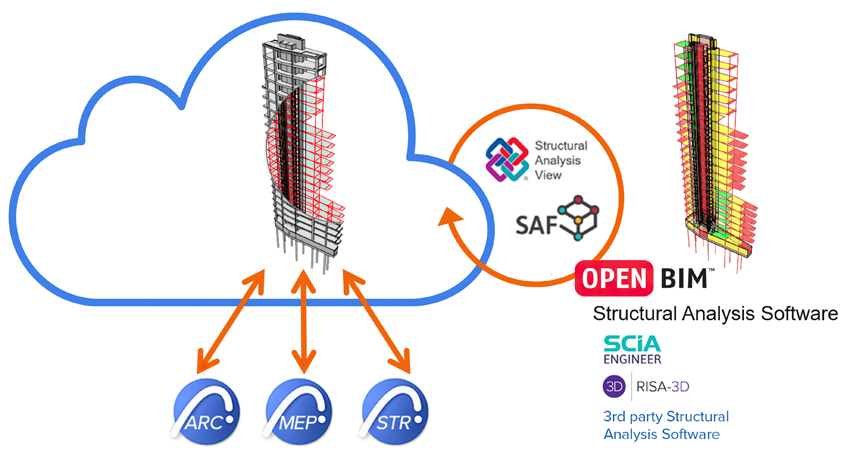The Future is BIM
 1 AIA LU/Elective; 0.1 ICC CEU; 1 IIBEC CEH; 0.1 IACET CEU*; 1 AIBD P-CE; AAA 1 Structured Learning Hour; This course can be self-reported to the AANB, as per their CE Guidelines; AAPEI 1 Structured Learning Hour; This course can be self-reported to the AIBC, as per their CE Guidelines.; MAA 1 Structured Learning Hour; This course can be self-reported to the NLAA.; This course can be self-reported to the NSAA; NWTAA 1 Structured Learning Hour; OAA 1 Learning Hour; SAA 1 Hour of Core Learning
1 AIA LU/Elective; 0.1 ICC CEU; 1 IIBEC CEH; 0.1 IACET CEU*; 1 AIBD P-CE; AAA 1 Structured Learning Hour; This course can be self-reported to the AANB, as per their CE Guidelines; AAPEI 1 Structured Learning Hour; This course can be self-reported to the AIBC, as per their CE Guidelines.; MAA 1 Structured Learning Hour; This course can be self-reported to the NLAA.; This course can be self-reported to the NSAA; NWTAA 1 Structured Learning Hour; OAA 1 Learning Hour; SAA 1 Hour of Core Learning
Learning Objectives:
- Describe how BIM software plays a role in an architecture firm’s project productivity and strategic initiatives.
- Explain how OPEN BIM leads to seamless collaboration and transparency.
- Discuss the benefits of using BIM's fluid design capabilities.
- List examples of how BIM supports virtual collaboration using digital delivery.
This course is part of the Business of Architecture Academy
CONCLUSION
As an intelligent workflow based on a 3-D model, BIM provides the AEC industry with the ability to collaborate on building projects across all disciplines. The integrated design, open source, and cloud-based capabilities with BIM provide all of the necessary support and tools to coordinate projects in real-time. This goal can be met even when stakeholders are working from different platforms and with different software. It allows teams of any size to provide feedback and evolving designs while keeping everyone on the same page.
Current goals of the industry require a productivity that reduces conflict, miscommunication, and time-intensive costly reworks. These goals can be met and exceeded with BIM, where tools allow for fluid design capabilities and seamless collaboration and transparency. The potential for building trust in a design space is much greater when all of the information can be engaged with from one source of truth.
Finally, in a time when remote work has become the norm, BIM offers a way for the AEC industry to design projects in a virtual space without compromise. In fact, it is a workflow that encourages the industry to execute its creative aspirations with technological support that provides the potential for great success—all of which lead to innovation in the industry.
Erika Fredrickson is an independent writer and editor focusing on technology, the environment, and history. She is a frequent contributor for continuing education courses and publications through Confluence Communications. www.confluencec.com
 |
GRAPHISOFT® empowers teams to create great architecture, through award-winning software solutions, learning programs, and professional services for the Architecture, Engineering, and Construction industry. Archicad®, the architects’ BIM software of choice, offers a complete end-to-end design and documentation workflow for architectural and integrated architectural and engineering practices of any size. BIMx®, the most popular mobile and web BIM app, extends the BIM experience to include all stakeholders in the building design, delivery, and operations lifecycle. BIMcloud®, the AEC industry’s first and most advanced cloud-based team collaboration solution, makes real-time collaboration possible across the globe regardless of the size of the project and the speed or quality of the team members’ network connection. GRAPHISOFT is part of the Nemetschek Group. To learn more visit www.graphisoft.com. |












